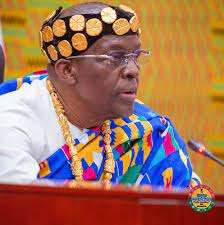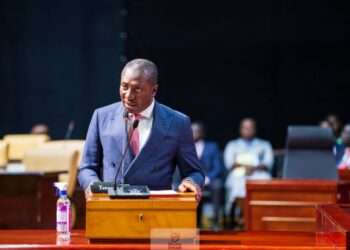Industry players in Ghana’s architecture sector are pushing for a clear policy to be carved out on housing in Ghana to make it available and affordable for individuals.
As it stands now, the country is experiencing a weak and comprehensive housing programme, which has largely been blamed on the lack of a financial strategy for the implementation of projects in the sector.
The definition of affordable housing has been a controversial issue in Ghana. Access to decent and adequate housing is often considered as a basic human right. However, low-income households often face difficulty in accessing not only affordable housing solutions but also housing of good quality.
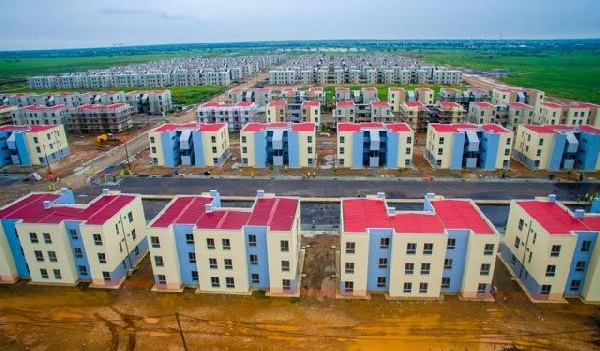
Again in Ghana, both the informal and formal sector’s supply of housing continues to be inadequate to meet the increasing demand. This has resulted in acute and persistent housing deficits; a situation that presents a complex mix of both challenges and opportunities.
Though successive governments have developed housing programmes intending to address affordable housing, the end products have been taken over by the middle to high-income groups.
While speaking to this, the Honorary Secretary of the Ghana Institute of Architects, Augustus Richardson, said the government must go back to the drawing board and also engage more with the right institutions within the housing industry to achieve its housing goals.
“I think that government makes the necessary efforts to address the issue of housing which is a huge problem in the country. it is generally important for us to start looking at it the proper way. We don’t have a national policy that has been thought through carefully on how to develop our country. The development is on and off. it is done on an ad-hoc basis. I think that the approach is to engage the right institutions to look at how to solve the problem of housing,” he said.
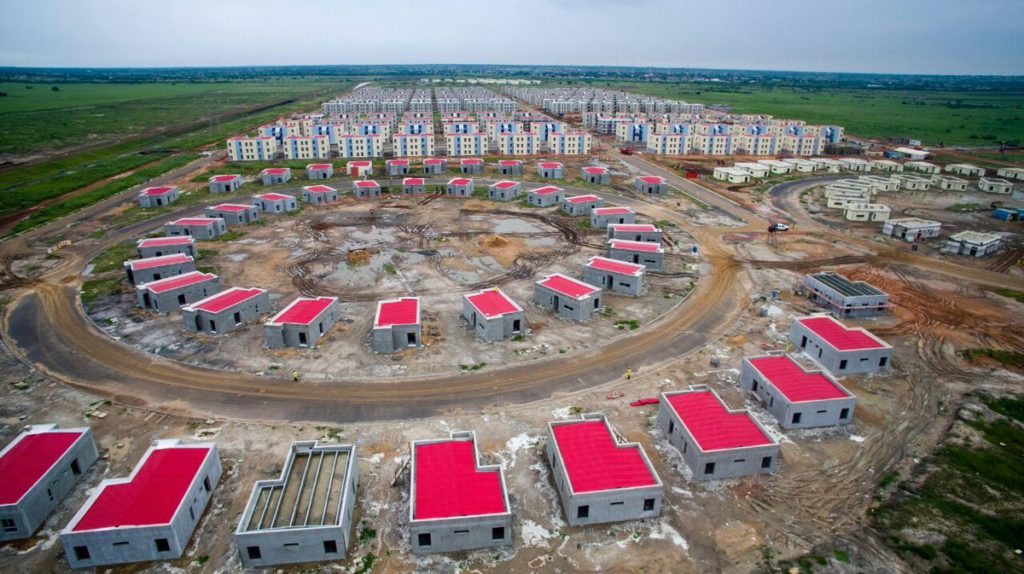
Currently, Ghana’s housing deficit stands at 2 million units, but industry players believe the deficit could be more as the country’s population increases. By this, the government would have to build 190,000 to 200,000 units of houses each year for the next 10 years to bridge the gap. This is expected to cost around US$3.4 billion for the 200,000 units.
Government’s role over the period
In 2018, the Government of Ghana’s commitment to stabilize the economy is yielding results with declining interest and inflation rates. Ghana completed and exited the Extended Credit Facility programme of the IMF.
The exit comes after four years of Ghana correcting its macroeconomic imbalances. In the past year, inflation rates have remained in the single digits partly due to the adoption of the country’s inflation-targeting framework led by the Bank of Ghana.
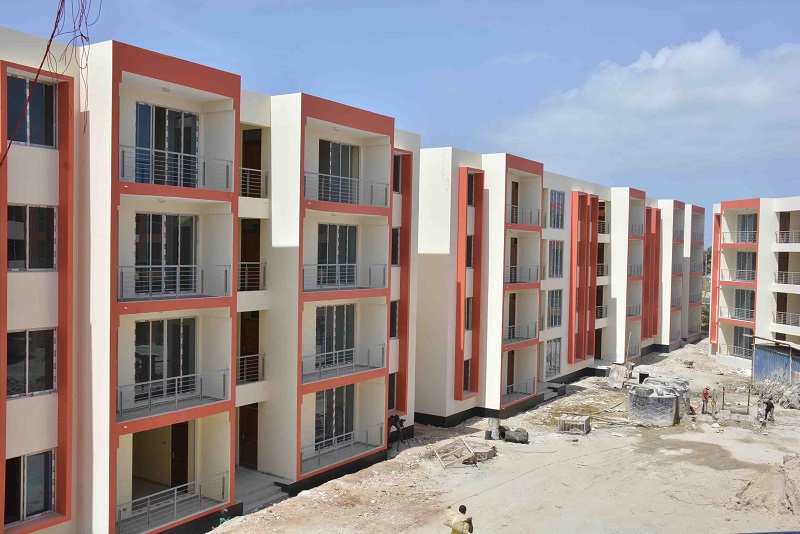
Currently, only a handful of banks engage in mortgage lending and most products are unaffordable to many households. Bank long-term funding securitisation, for mortgage periods that extend to 20 years, has, up to this point, been limited by Ghana’s embryonic capital market.
One key constraint to mortgage market growth is high-interest rates, which have raised the number of non-performing loans (NPLs).
Also, the Government in its 2019 budget statement, announced a GH¢1 billion Mortgage and Housing Finance Fund. The mortgage rates offered by the Fund are the lowest in the market (at 12 per cent with Stanbic Bank and 11.9 per cent at Republic Bank) compared with the nominal minimum rate of 24 per cent for non-foreign currency or cedi-denominated mortgages.
Currently, housing affordability is a key issue in Ghana and a major focus of the current policy debate. With a housing deficit of 2 million houses, 90 per cent of all housing supply in Ghana is built incrementally.
Notably, the Government of Ghana has partnered with the United Nations Office for Project Services (UNOPS) to deliver 100 000 new affordable housing units by 2022.



